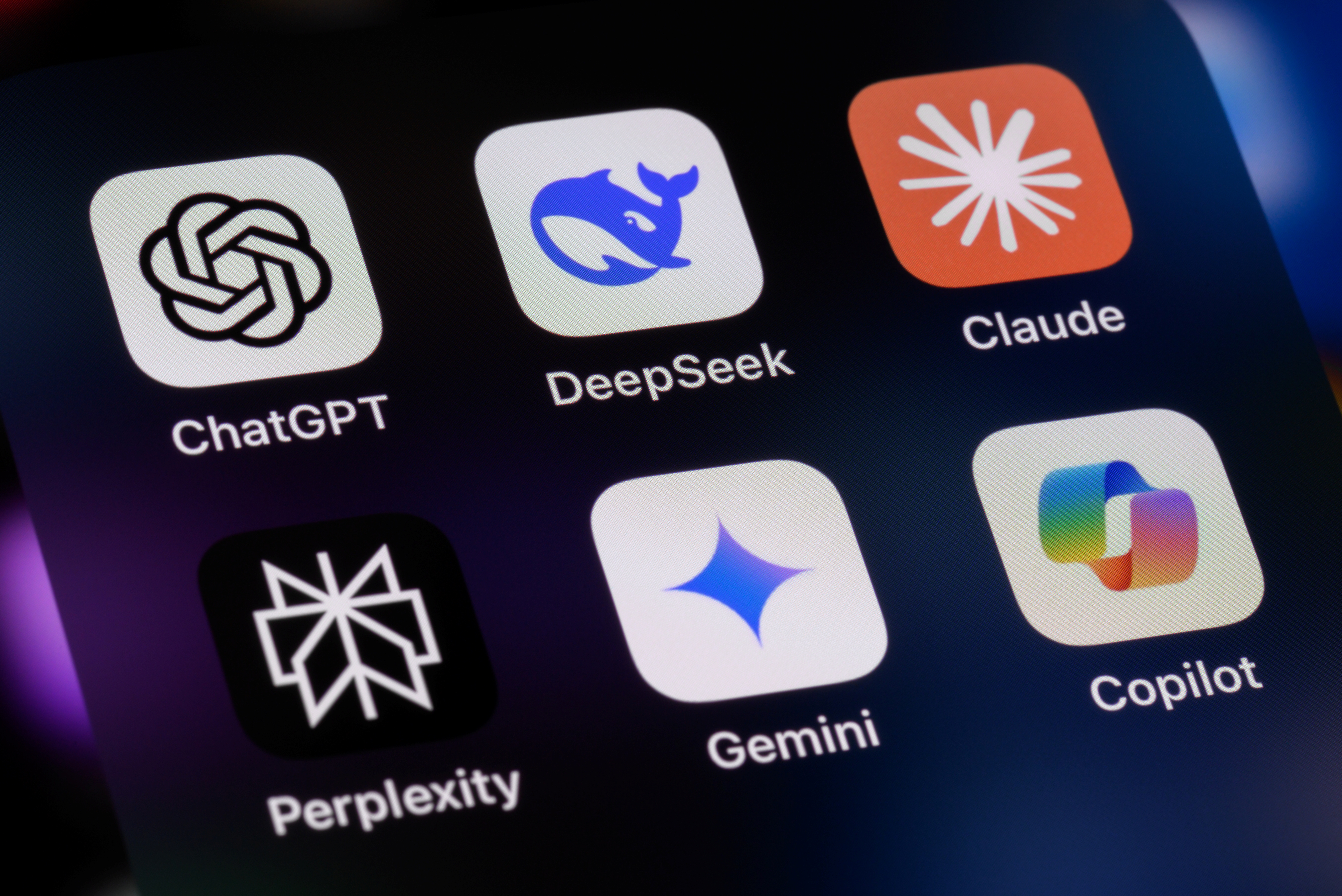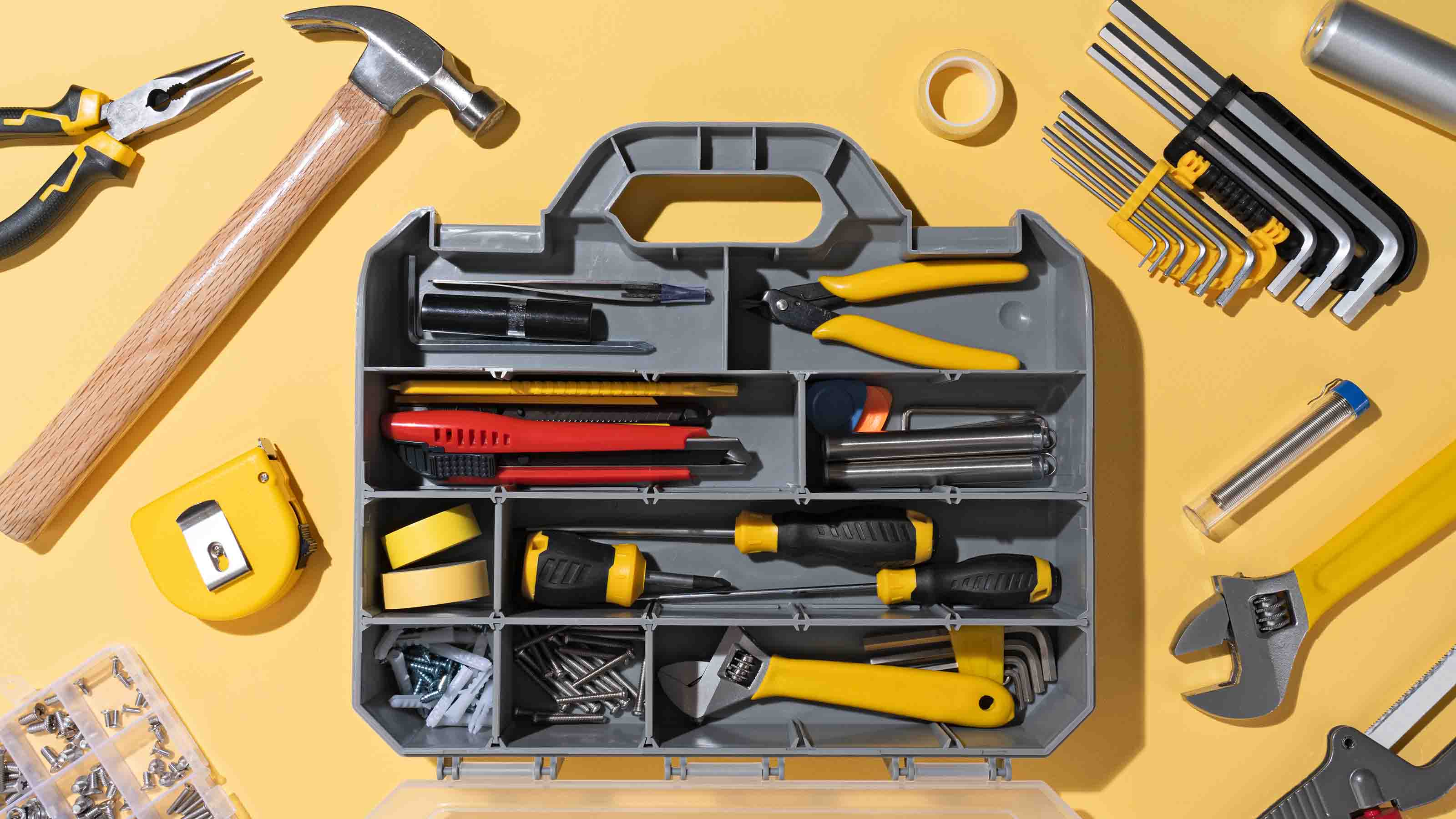Like Internet TV? So Do Your Neighbors
Bringing movies, sports events and more in high-definition could slow connections to a crawl.
The popularity of TVs with Internet connectivity may cause big headaches.
More than a fifth of the 210 million TV sets sold last year had built-in Internet access. By 2014, the share is likely to rise to 50% -- adding up to about 122 million TVs a year.
That sets the stage for a bandwidth crunch. Movies, sports events and other high-definition content require bandwidth three to four times faster than the typical broadband user now has. With online movie rental company Netflix already accounting for 20% of peak Internet traffic in the U.S., Internet providers worry that Web traffic jams will prove to be more than just a nuisance.
From just $107.88 $24.99 for Kiplinger Personal Finance
Become a smarter, better informed investor. Subscribe from just $107.88 $24.99, plus get up to 4 Special Issues

Sign up for Kiplinger’s Free Newsletters
Profit and prosper with the best of expert advice on investing, taxes, retirement, personal finance and more - straight to your e-mail.
Profit and prosper with the best of expert advice - straight to your e-mail.
“The looming risk now is what happens if every connected TV gets used,” says Paul Gray, a vice president at DisplaySearch, which tracks the TV industry. “It’s reasonable to ask if the infrastructure can cope. Set makers need to understand that broadband access does not scale endlessly like broadcast reception.”
These smart TVs are capable of being upgraded and having their functionality changed by the consumer, typically by loading applications, and are able to receive content from the open Internet. In addition, they all possess an advanced user interface to permit rapid search and selection of content to watch.
Currently, they’re not limited to specific operating systems, and Linux, used by MeeGo, and Google’s Android, used in Google TV, will be joined by other operating systems in the coming years. Meanwhile, Google is working with Sony and Logitech to work out some bugs in Google TV, with sets expected to hit the market this year.
TV makers are pushing the connected sets as a way to boost their razor-thin margins on sales -- connected TVs sell for $200 to $300 more than conventional sets. Moreover, they’ve been unable to generate much consumer interest in 3-D TV sets during the past year, primarily because of the dearth of available 3-D programming.
Profit and prosper with the best of Kiplinger's advice on investing, taxes, retirement, personal finance and much more. Delivered daily. Enter your email in the box and click Sign Me Up.
-
 AI Stocks Lead Nasdaq's 398-Point Nosedive: Stock Market Today
AI Stocks Lead Nasdaq's 398-Point Nosedive: Stock Market TodayThe major stock market indexes do not yet reflect the bullish tendencies of sector rotation and broadening participation.
-
 Top Tech Gifts to Grab at Walmart Before Christmas
Top Tech Gifts to Grab at Walmart Before ChristmasBig savings on Apple, Bose, HP, Vizio and more while there's still time to shop.
-
 AI Appliances Aren’t Exciting Buyers…Yet
AI Appliances Aren’t Exciting Buyers…YetThe Kiplinger Letter Artificial intelligence is being embedded into all sorts of appliances. Now sellers need to get customers to care about AI-powered laundry.
-
 AI Appliances Aren’t Exciting Buyers…Yet
AI Appliances Aren’t Exciting Buyers…YetThe Kiplinger Letter Artificial intelligence is being embedded into all sorts of appliances. Now sellers need to get customers to care about AI-powered laundry.
-
 Banks Are Sounding the Alarm About Stablecoins
Banks Are Sounding the Alarm About StablecoinsThe Kiplinger Letter The banking industry says stablecoins could have a negative impact on lending.
-
 When Tech is Too Much
When Tech is Too MuchOur Kiplinger Retirement Report editor, David Crook, sounds off on the everyday annoyances of technology.
-
 Big Changes Are Ahead for Higher Ed
Big Changes Are Ahead for Higher EdThe Kiplinger Letter A major reform of higher ed is underway. Colleges are bracing for abrupt change, financial headwinds and uncertainty.
-
 I Let AI Read Privacy Policies for Me. Here's What I Learned
I Let AI Read Privacy Policies for Me. Here's What I LearnedA reporter uses AI to review privacy policies, in an effort to better protect herself from fraud and scams.
-
 What New Tariffs Mean for Car Shoppers
What New Tariffs Mean for Car ShoppersThe Kiplinger Letter Car deals are growing scarcer. Meanwhile, tax credits for EVs are on the way out, but tax breaks for car loans are coming.
-
 AI’s Rapid Rise Sparks New Cyber Threats
AI’s Rapid Rise Sparks New Cyber ThreatsThe Kiplinger Letter Cybersecurity professionals are racing to ward off AI threats while also using AI tools to shore up defenses.
-
 Blue Collar Workers Add AI to Their Toolboxes
Blue Collar Workers Add AI to Their ToolboxesThe Kiplinger Letter AI can’t fix a leak or install lighting, but more and more tradespeople are adopting artificial intelligence for back-office work and other tasks.